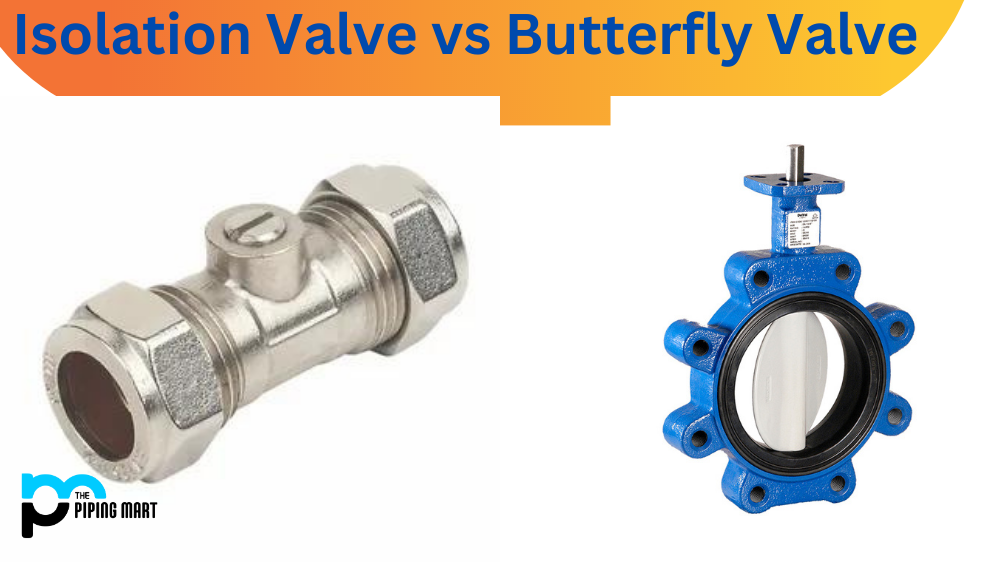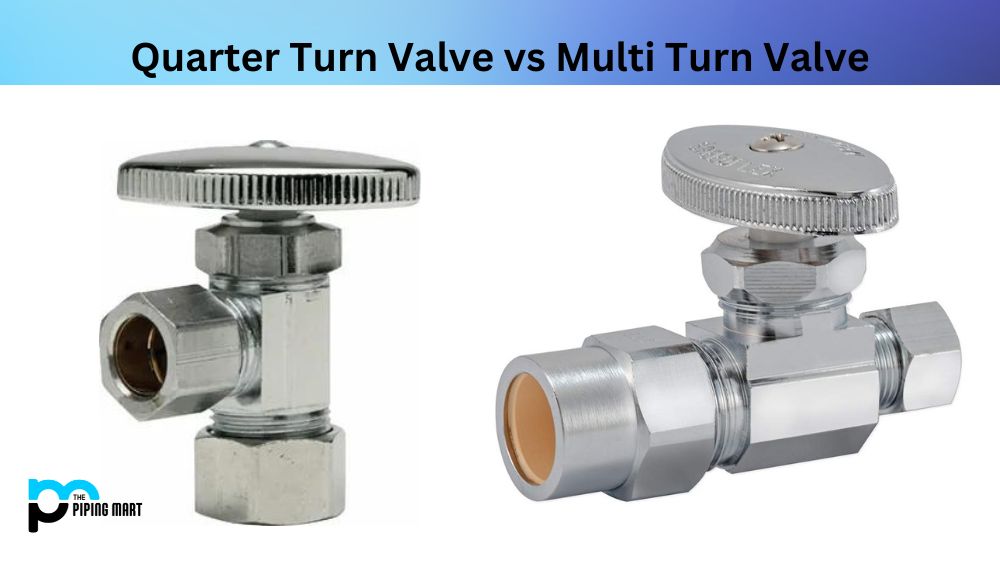What is MIG Welding?
MIG (Metal Inert Gas) welders have a steel wire electrode that is continually supplied through the tip during the welding process. This reusable welding wire serves as both an electrode (passing through the gun to generate a spark) and a filler (melting to form the joint).
MIG welding is a type of welding that uses a consumable wire electrode to produce the weld. The wire electrode is fed through a hose to the gun of the welder and contacts the metal being welded. MIG welding can be used on most metals, including aluminum, stainless steel, and magnesium.
What is TIG Welding?
TIG (Tungsten Inert Gas) welding is a type of GMA that uses a non-consumable tungsten electrode to guide the heat of the electric arc. The melting point, corrosion resistance, and strength of tungsten make it an ideal material. TIG welding warms the two materials directly, eliminating the requirement for filler material, rather than melting a feed of wire to make a join (although fillers can be used in this welding technique as well).
TIG welding is a type of welding that uses a non-consumable tungsten electrode to produce the weld. The tungsten electrode is held in the hand of the welder and does not come into contact with the metal being welded. TIG welding can be used on most metals, including aluminum, stainless steel, and magnesium.
Difference between TIG and MIG Welding
MIG welding is a type of GMAW (Gas Metal Arc Welding) that employs a continuous wire feed during the welding process. This wire is used as a filler material to help fuse two metal items together.
A tungsten electrode or non-consumable welding wire is used in TIG welding, a kind of Gas Tungsten Arc Welding (GTAW). To heat and link the two materials being welded together, a current is transferred between them. The filler material may or may not be used in TIG welding.
Difference in Equipment
One of the main differences between TIG and MIG welding is the equipment that is used. TIG welding requires a TIG welder, which includes an arc generator, power source, gas tank, and torch. MIG welding requires a MIG welder, which includes an arc generator, power source, wire feeder, and gun.
Difference in Process
Another difference between TIG and MIG welding is the process that is used. TIG welding is a more manual process as the welder must independently control the torch and filler rod. MIG welding is a more automated process as the welder does not have to control the filler rod as it is fed through the hose to the gun.
Choosing the right one:
The robotic welding processes you select will have a considerable impact on your application in terms of output and efficiency. It’s critical to understand the merits and weaknesses of both forms of automated welding before making a decision.
For big, thick weldments, MIG welding is typically employed. Faster than TIG welding, it generates high-quality welds. MIG methods produce less spatter and have a nice weld bead appearance. They can also be employed in any location. MIG welding, on the other hand, is more maintenance-intensive than TIG welding and is best suited to applications involving larger parts.
Because of the major distinctions between the two varieties, they are both suited for a variety of applications. MIG is typically used for larger pieces, while TIG is typically utilized for smaller parts. There are exceptions, and selecting the correct automated welding type might make or break the final results.

Pipingmart is B2B portal specializes in industrial, metal and piping products. Also, share latest information and news related to products, materials and different types grades to help business dealing in this industry.




